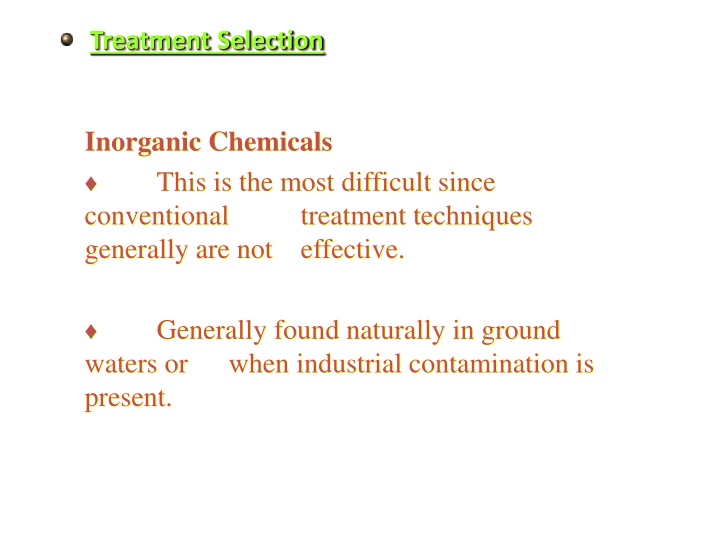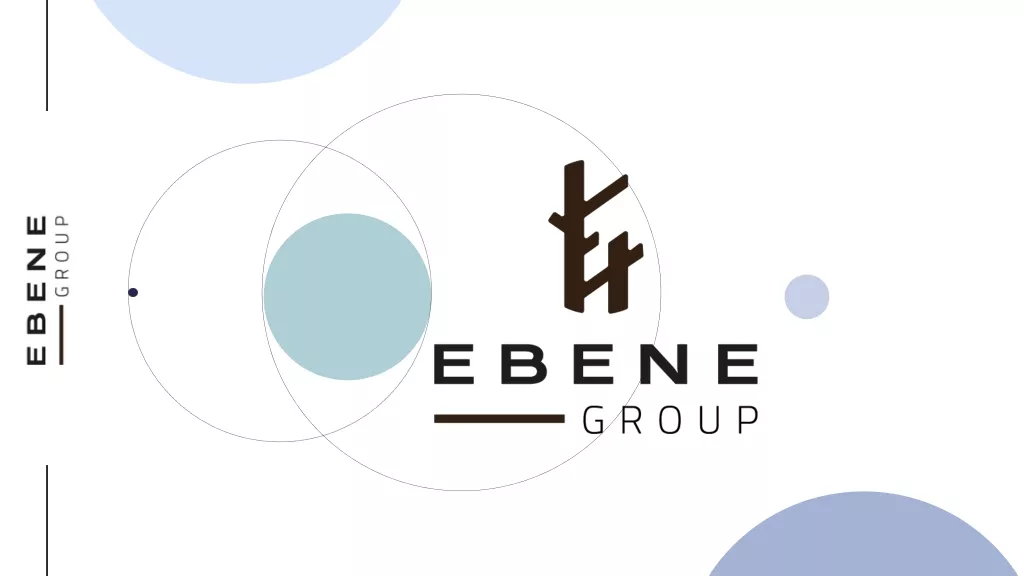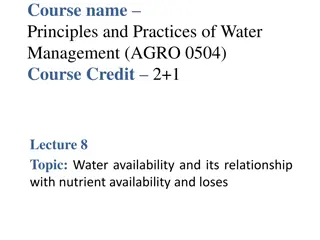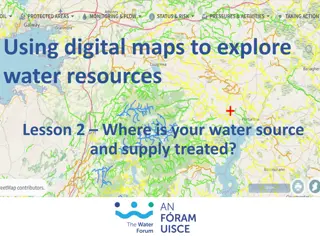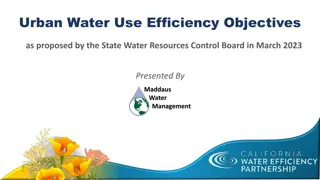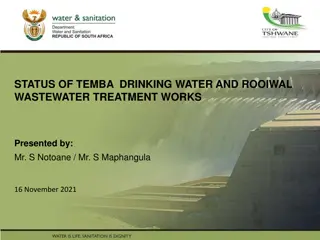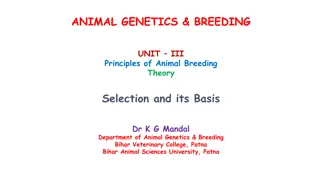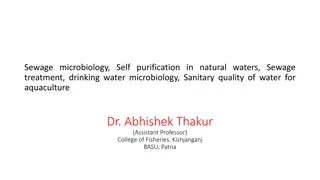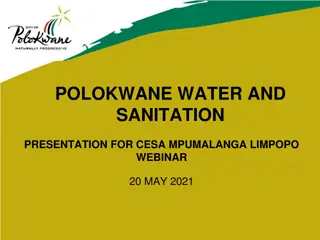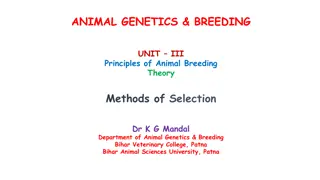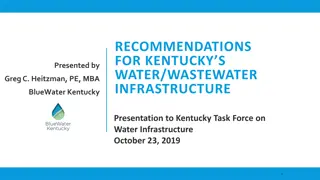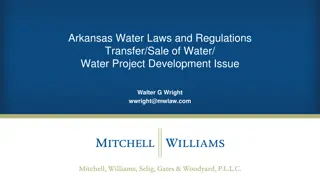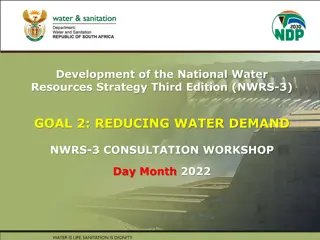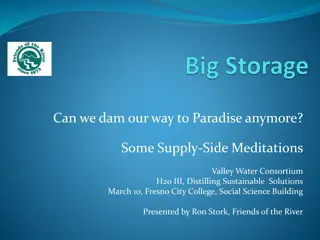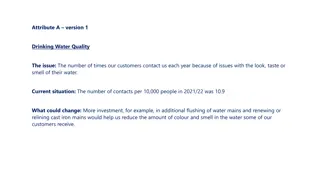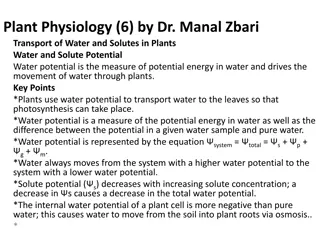Challenges in Water Treatment Selection
Inorganic and organic chemicals, turbidity, microbiological contaminants, radiological chemicals - all pose challenges in water treatment selection. Factors like disinfection, mitigating contaminants, and site considerations must be addressed for effective treatment plants.
Download Presentation

Please find below an Image/Link to download the presentation.
The content on the website is provided AS IS for your information and personal use only. It may not be sold, licensed, or shared on other websites without obtaining consent from the author.If you encounter any issues during the download, it is possible that the publisher has removed the file from their server.
You are allowed to download the files provided on this website for personal or commercial use, subject to the condition that they are used lawfully. All files are the property of their respective owners.
The content on the website is provided AS IS for your information and personal use only. It may not be sold, licensed, or shared on other websites without obtaining consent from the author.
E N D
Presentation Transcript
Treatment Selection Inorganic Chemicals This is the most difficult since conventional generally are not effective. treatment techniques Generally found naturally in ground waters or when industrial contamination is present.
Organic Chemicals Due to widespread use of pesticides and contamination. Source of contaminations include industrial and municipal discharges, urban and rural run off and natural decomposition of vegetative and animal matter.
Turbidity Turbidity is one of the most violated parameter in water treatment. Before treatment plant is designed, thorough evaluation of turbidity loading is required, preferably at least for one year record.
Microbiological Contaminants Disinfection is required for safe drinking water. Other type of disinfection beside chlorine may be required to avoid the formation of trihalomethanes (THM s).
Radiological Chemicals Natural - present primarily in ground water as naturally occurring element such as Radium Manmade- Result from human controlled activities as nuclear fallout and power plants (beta and gamma emitters)
2.1 Siting of Treatment Plant Pump to treatment plant (low lift) and further pumping (high lift) to balancing reservoir. Balancing reservoir feeds the service reservoirs by gravity. Pump to treatment plant (low lift) and further pumping direct to distribution (VSD). Social Consideration. Staff Quarters near to basic facilities such as schools, shops, etc.
2.1 Siting of Treatment Plant (Contd). Economic/Technology Consideration Proposed plant should be as friendly as possible to operators. Depending on the availability of the land and cost effective, conventional treatment plant is favorable, unless land is not available or costly, compact plant maybe considered.
2.2 Other Consideration Items to be considered to locate the treatment plant are:- Safety and economics of raw water collection and transportation. Convenience to obtain and transport chemicals, electricity and wastes.
Convenience to the control or information centre of the whole waterworks system. Safety from floods. Sanitary conditions of the environment. Possibilities for future extension.
2.3.1.4 Treatment Plant Layout Water treatment system is composed of a series of hydraulic structures, flows of power, chemicals, wastes etc. The movement of these things should not interfere with each other. Reasonable hydraulic design and connections. Shortest pipelines, information lines etc. Smooth connection between main treatment and flow lines of chemicals and wastes. Easy inspection.
Capability of system expansion in keeping pace with future increase of required capacities of water quality control and demands. Good sanitary conditions. Capability of by passing of any processes in case of repairments and emergencies.
